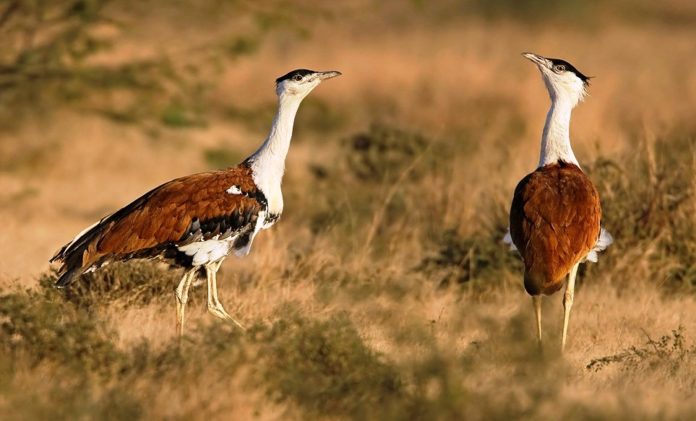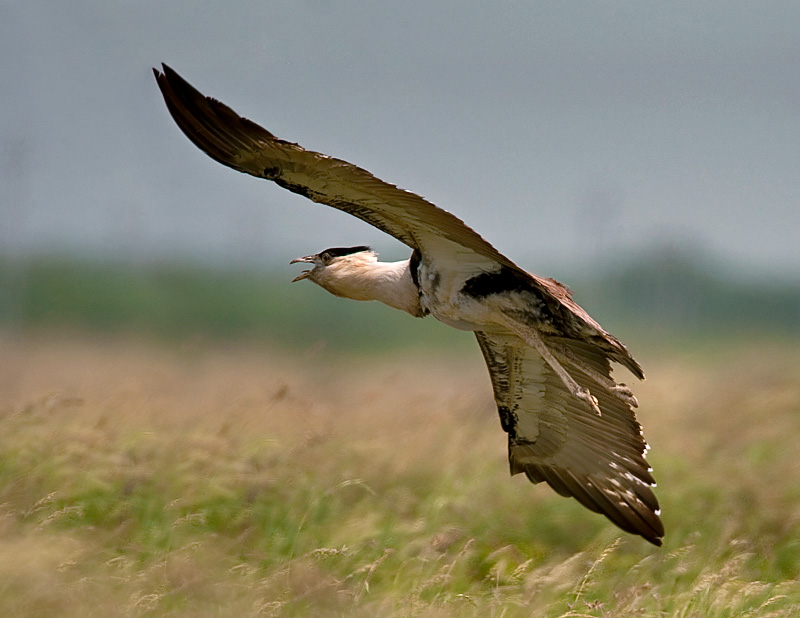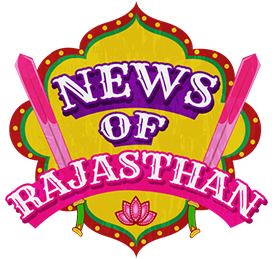
Rajasthan has decided to preserve the critically endangered Great Indian Bustard population in the state through captive breeding. The state government is reportedly going to ink a Memorandum of Understanding with the central government and Wildlife Institute of India to establish a hatchery near Sorsan in Kota district.
Back in 2016, the government had identified the need to take necessary measures so as to conserve these endangered species and later in 2017 the Wildlife Institute of India decided that centres would be set up at 10 different locations in the state and other areas.
As per the officials, Sorsan has a humid climate as compared to the dry grasslands of Jaisalmer and Barmer. However, the humidity of Sorsan would aid in the breeding procedure. Besides, an egg hatchery was also approved by the Chief Minister Vasundhara Raje to set up an egg hatchery in Jaisalmer for boosting the population of Great Indian Bustard.
 Courtesy: Wildlife of India
Courtesy: Wildlife of India
Captive breeding has been chosen because it eliminates any threats posed by the predators in the wild and thus protect eggs and chicks from any attacks. Contrary to this, the breeding in natural conditions is relatively slow and is also subject to many kinds of risks.
Reportedly, it would take around a year for the construction of the breeding centre and hatchery. An amount of INR 33 Crores has been allotted to be delivered in installments for the completion of the project.
However, it cannot be confirmed that the breeding centre would enable a faster process of breeding because it is expected to take 10 to 15 years for the first results to come out. As the process has already been a success in the Middle East, the officials are hopeful that the programme would result in effective results for Rajasthan as well.








